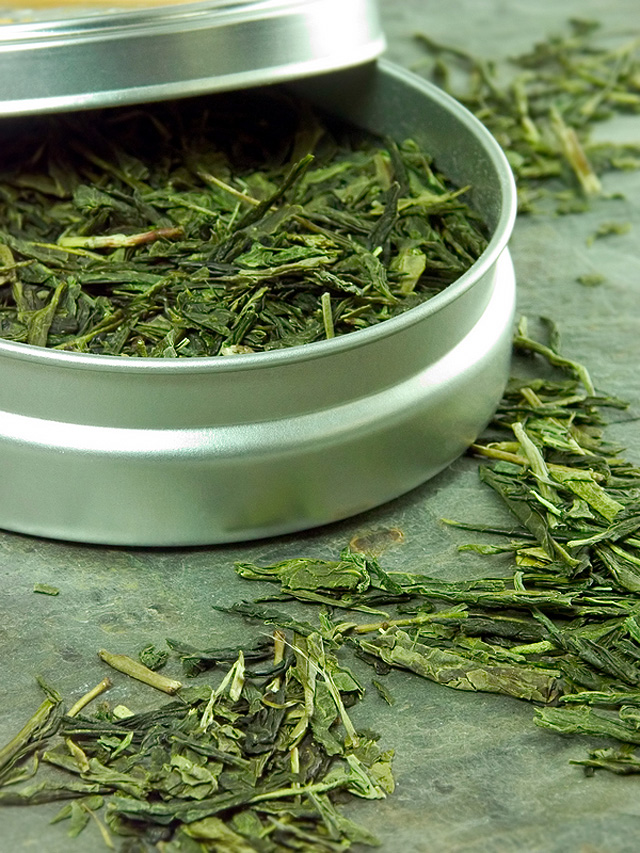
Processing
Types of tea are categorized by the processing each type undergoes. You have to make leaves of Camellia sinensis dry very quickly after picking as it can easily wilt and oxidize. The leaves become progressively darker since tannins are released after chlorophyll breaks down. Enzymatic oxidation is a process called ‘fermentation’, however, it is not a true fermentation because it is not is not an anaerobic process and is not controlled by microorganisms. The second process is to use the heat, which restrain the enzymes, to quit the oxidation process at a predetermined stage. Fungi can grow on tea if temperature and moisture is not properly controlled during its manufacture. This fungus might lead to real fermentation and contain toxic and carcinogenic substances which probably contaminate the tea. Therefore, the tea is not in good quality for consumption.
Blending and additives
Most of the tea contained in bags and other teas available in the West are blends. Blending can make a better taste in tea and also can raise a price because the higher price the consumers pay, the more tasteful of tea they get. Blending provides consistent taste although pure teas give a wide range of tastes.
Various teas have been put into additives or other special processing. Tea can absorb many aromas, resulting in some problems in storage, processing and transportation, on the other hand, it is good for creating a wide range of scents like caramel-flavored, vanilla-flavored and more.
Content
Catechins, which is a type of antioxidant, is a main ingredient in tea especially in a fresh leaf tea that catechins can be found more than 30% of the dry weight. Catechins can be found mostly in green and white teas, while found less in black tea because of the oxidative preparation. Besides, tea consists of caffeine, theanine at around 3% of its dry weight, theophylline, theobromine and fluoride.
